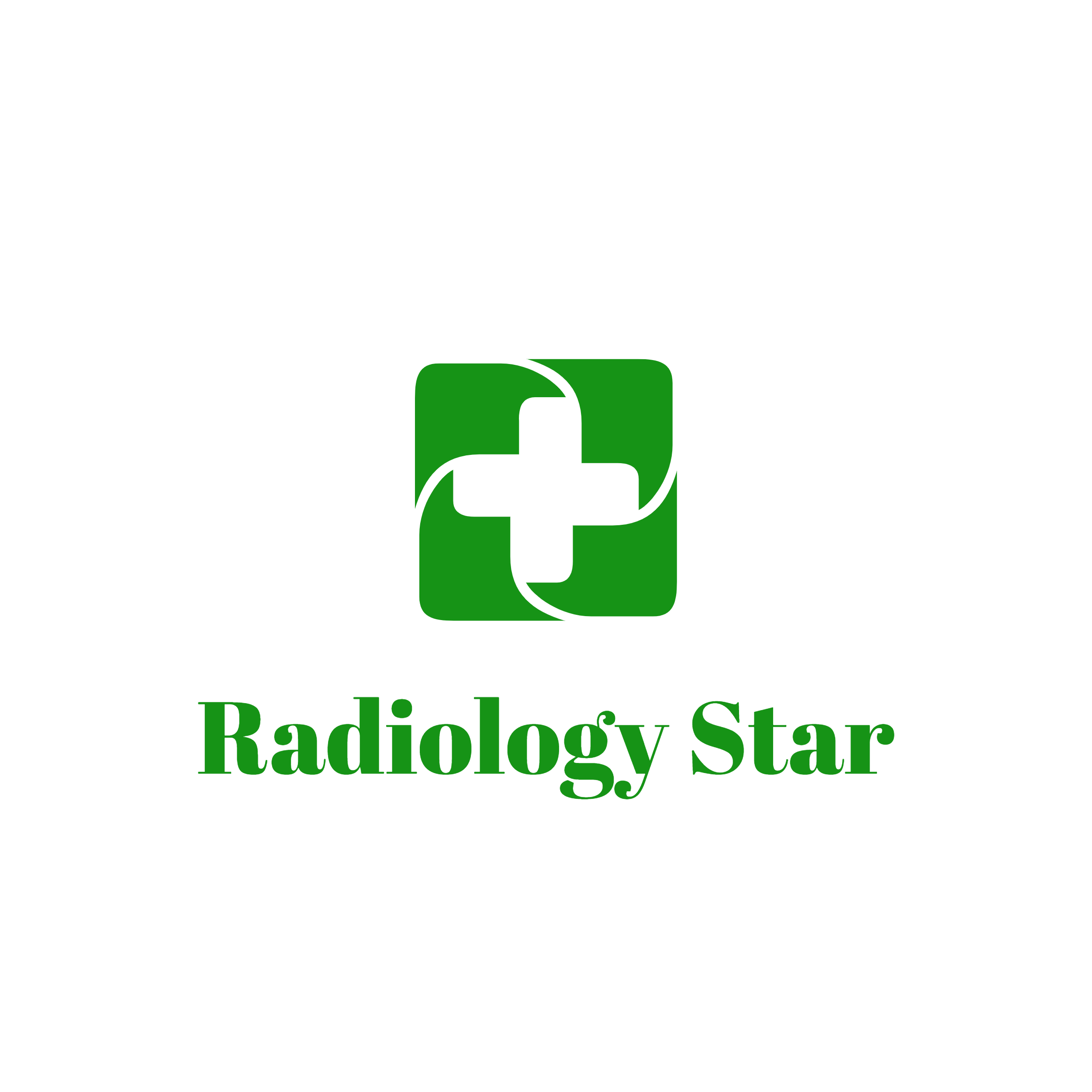History of Ultrasound.
Historically, medical uses of ultrasound came about shortly after the close of World War II, derived from undetwater sonar research.Initial clinical applications monitored changes in the propagation of pulses through the brain to detect intrac-erebral hematoma and brain tumors based on the displacement of the midline. Ultrasound rapidly progressed through the 1960s from simple “A-mode” scans to “B-mode” applications and compound “B-scan” images using analog electronics.
Advances in equipment design, data acquisition techniques, and data processing capabilities have led to electronic transducer arrays, digital electronics, and real-time image display. This progress is changing the scope of ultrasound and its applications in diagnostic radiology and other areas of medicine. High-resolution, real-time imaging, harmonic imaging, 3D data acquisition, and power Doppler are a few of the innovations introduced into clinical practice. Contrast agents for better delin- eation of the anatomy, measurement of tissue perfusion, precise drug delivery mechanisms, and determination of elastic properties of the tissues are topics of current research.
Ultrasound is the most commonly used diagnostic imaging modality, accounting for approximately 25% of all imaging examinations performed worldwide at the beginning of the 21st century. The success of ultrasound may be attributed to a number of attractive characteristics, including the relatively low cost and portability of an ultrasound scanner, the non-ionizing nature of ultrasound waves, the ability to produce real time images of blood flow and moving structures such as the beating heart, and the intrinsic contrast among.
